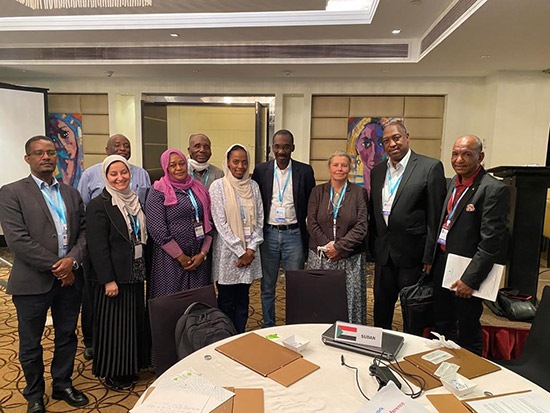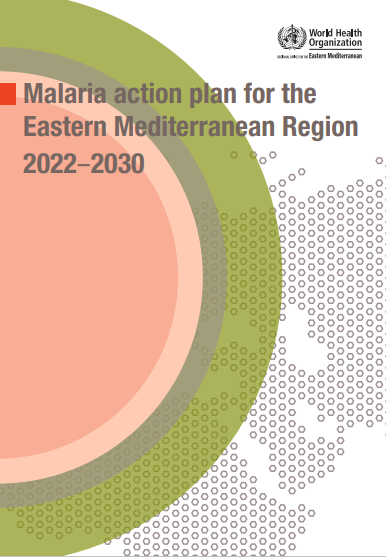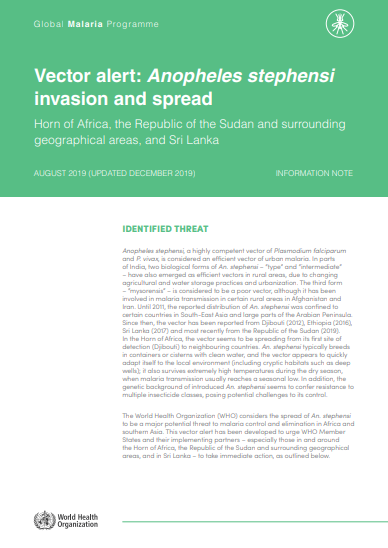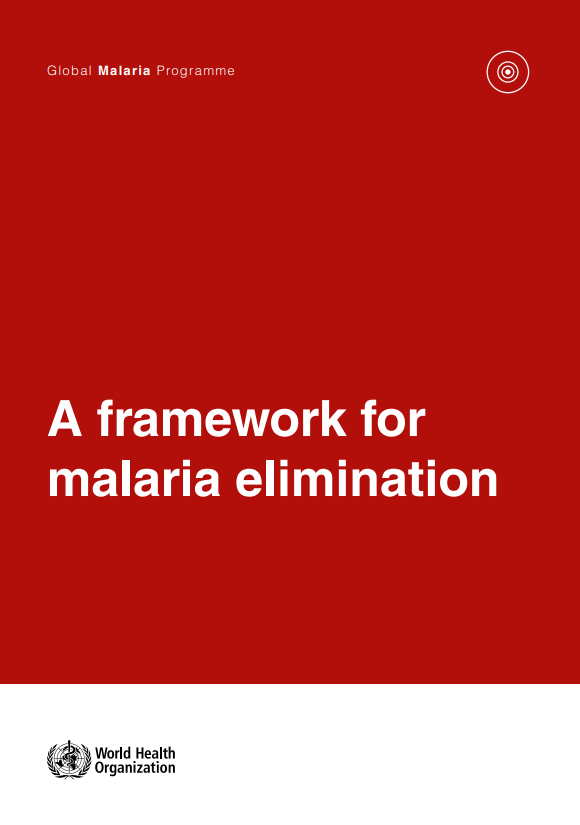
26 June 2022 – Sudan became the first country in WHO’s Eastern Mediterranean Region on 25 April to adopt the high burden to high impact approach to accelerate progress against malaria. The approach provides a useful mechanism for Sudan and 11 countries in sub-Saharan Africa, as well as India, and partners to translate their stated political commitment into resources and tangible actions that will save more lives. Additionally, it also provides an opportunity to reach populations at greatest risk of malaria with tailored packages of interventions based on local data.
Following the Eastern Africa National Malaria Programmes and Partners annual meeting on 8–11 June 2022 in Nairobi, Kenya, a side meeting was held between the Sudan country team from the Federal Ministry of Health and partners that included WHO staff from the Regional Office for the Eastern Mediterranean and Sudan country office, Global Malaria Programme, African Leaders Malaria Alliance and Roll Back Malaria/Country Regional Support Partner Committee.
The aim of the meeting was to discuss available support for Sudan from the partners for preparation of the high burden to high impact launch. The main ongoing challenges in Sudan, discussed at the meeting, include: building human capacity, addressing the increase in the number of malaria cases in urban areas, and the spread of the invasive Anopheles stephensi, Plasmodium falciparum Histidine Rich Protein (HRP) 2/3 gene deletion, and increasing financial resources, particularly for vector control implementation.
In the coming months, WHO will scale up technical support through multiple missions that will be conducted by the WHO Regional Office and Global Malaria Programme to expedite the launch of the new approach.











 World Malaria Report 2017
World Malaria Report 2017